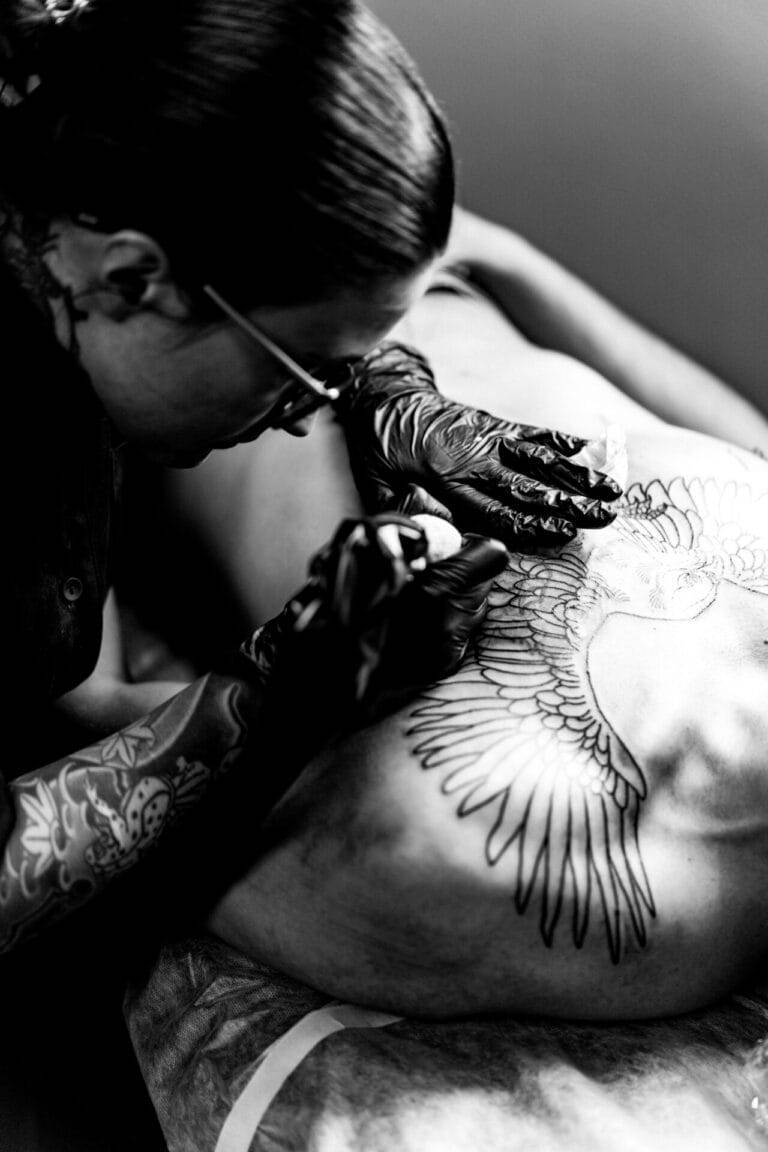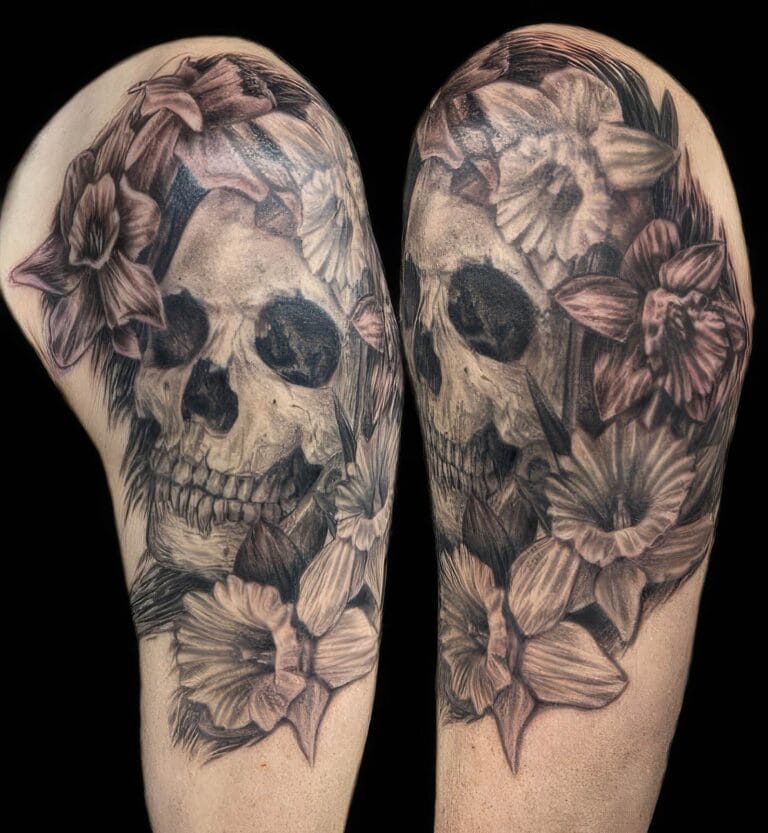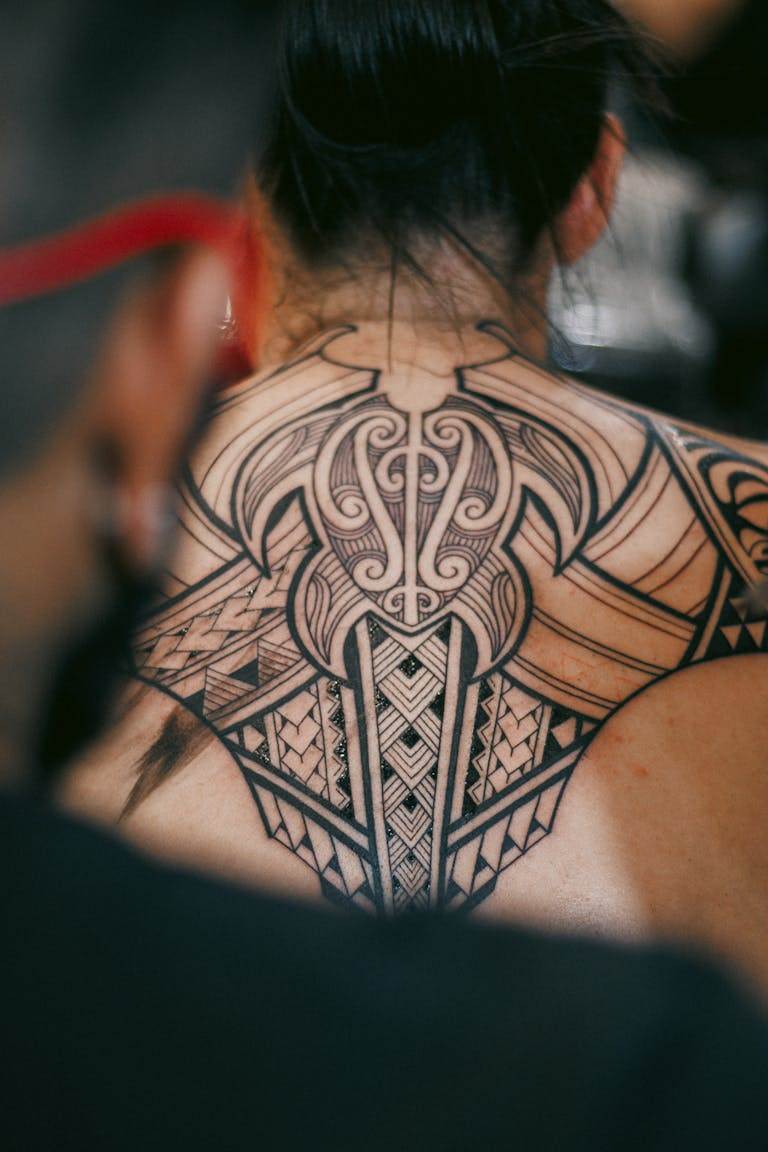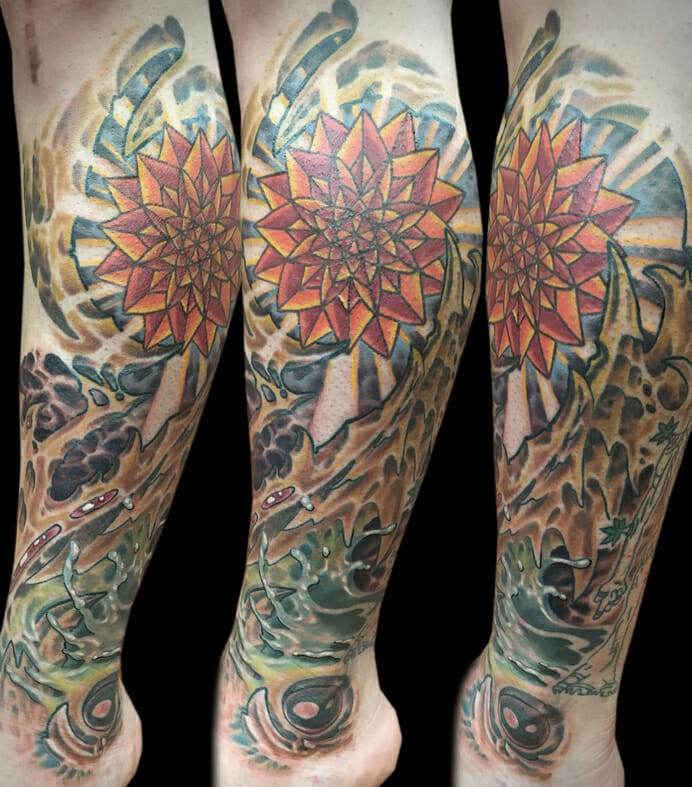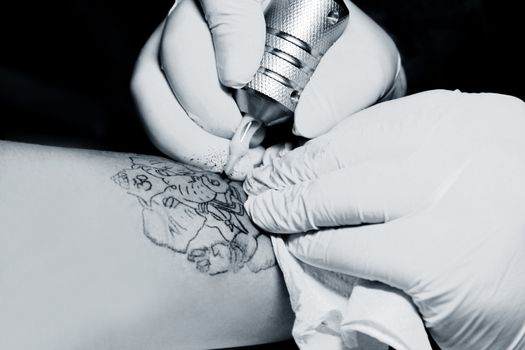
Numbing creams have become increasingly popular among individuals seeking tattoos, as they offer a way to mitigate the discomfort associated with the tattooing process. These topical anesthetics are designed to numb the skin’s surface, providing a more tolerable experience for those who may be apprehensive about the pain involved in getting inked. The rise in their usage can be attributed to a growing awareness of pain management options available to clients, as well as the desire for a more enjoyable tattooing experience.
The formulation of numbing creams typically includes active ingredients such as lidocaine, prilocaine, or benzocaine, which are known for their anesthetic properties. These compounds work by blocking nerve signals in the area where they are applied, effectively reducing the sensation of pain. As tattoo culture continues to evolve, so too does the understanding and acceptance of these products, making them a common topic of discussion among both clients and artists alike.
Key Takeaways
- Numbing creams are topical anesthetics that can help reduce pain and discomfort during tattoo sessions.
- Numbing creams work by blocking the nerve signals in the skin, numbing the area and reducing the sensation of pain.
- Using numbing creams for tattoos can make the experience more comfortable and manageable for individuals with low pain tolerance.
- Potential risks and side effects of numbing creams include skin irritation, allergic reactions, and interference with the tattooing process.
- To properly use numbing creams for tattoos, it’s important to follow the instructions provided and consult with a healthcare professional if needed.
How Numbing Creams Work
Numbing creams function through a straightforward mechanism that involves the application of anesthetic agents directly onto the skin. When applied, these agents penetrate the outer layer of skin and bind to specific receptors in the nerve endings, inhibiting their ability to transmit pain signals to the brain. This process can significantly dull the sensation of pain during tattooing, allowing clients to focus on the artistic aspect of their experience rather than the discomfort.
The effectiveness of numbing creams can vary based on several factors, including the concentration of the active ingredient, the duration of application before the tattoo session, and individual skin sensitivity. Typically, these creams are applied about 30 to 60 minutes prior to the start of the tattooing process, allowing sufficient time for the anesthetic to take effect. Understanding how these creams work can empower clients to make informed decisions about their pain management options during their tattoo journey.
The Benefits of Using Numbing Creams for Tattoos
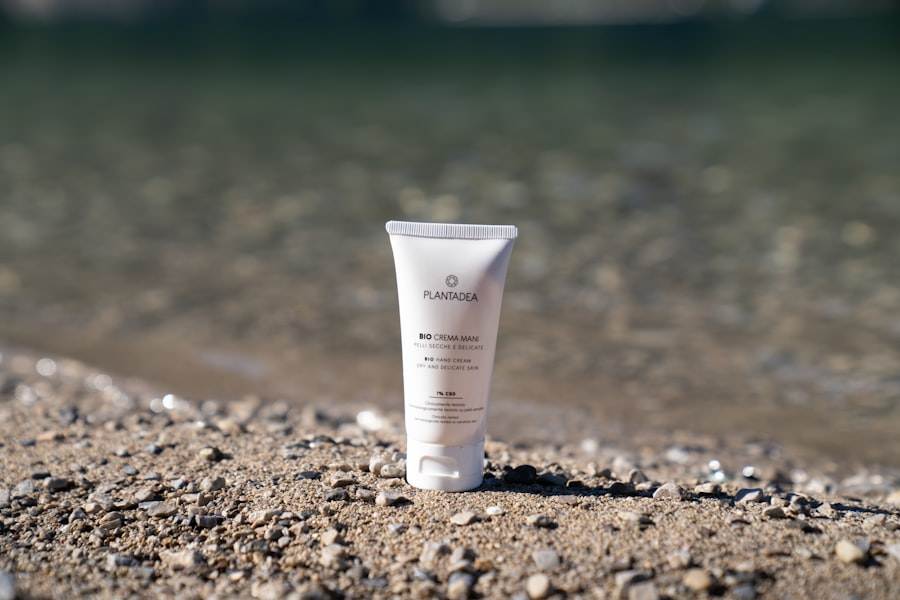
One of the primary benefits of using numbing creams for tattoos is the significant reduction in pain perception. For many individuals, the thought of enduring sharp needles repeatedly puncturing the skin can be daunting. Numbing creams provide a solution that allows clients to relax and enjoy the process without being overwhelmed by discomfort.
This can be particularly beneficial for those getting larger pieces or tattoos in more sensitive areas of the body. Additionally, numbing creams can help create a more positive atmosphere in the tattoo studio. When clients are less anxious about pain, they are more likely to engage with their artist and enjoy the creative process.
This can lead to better communication between the client and artist, resulting in a more satisfying outcome. Furthermore, a comfortable client is often more willing to sit still during the tattooing process, which can contribute to a cleaner and more precise application of ink.
Potential Risks and Side Effects of Numbing Creams
While numbing creams offer numerous benefits, it is essential to be aware of potential risks and side effects associated with their use. One common concern is skin irritation or allergic reactions, which can manifest as redness, swelling, or itching at the application site. Individuals with sensitive skin or allergies should exercise caution and consider conducting a patch test before applying any numbing cream extensively.
Another risk involves overuse or misuse of these products. Applying too much cream or leaving it on for an extended period can lead to systemic absorption of the anesthetic agents, potentially resulting in adverse effects such as dizziness, nausea, or even more severe complications. It is crucial for clients to follow instructions carefully and consult with professionals if they have any concerns about using numbing creams during their tattoo sessions.
How to Properly Use Numbing Creams for Tattoos
To maximize the effectiveness of numbing creams while minimizing risks, proper application is key. First and foremost, clients should choose a reputable product that is specifically designed for use on skin. Before applying the cream, it is advisable to clean the area thoroughly to remove any dirt or oils that could hinder absorption.
Once the skin is prepped, a generous layer of numbing cream should be applied evenly over the desired area. It is important to cover the entire surface where the tattoo will be placed but avoid excessive amounts that could lead to complications. After application, covering the area with plastic wrap can help enhance absorption by preventing evaporation.
Clients should then wait for the recommended time—usually between 30 minutes to an hour—before beginning their tattoo session. Following these steps can help ensure a smoother experience during what can otherwise be a painful process.
Choosing the Right Numbing Cream for Your Tattoo
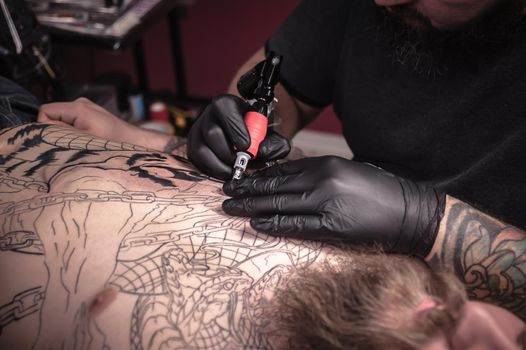
Selecting an appropriate numbing cream is crucial for achieving optimal results during a tattoo session. Various products on the market contain different concentrations of active ingredients and may have additional components designed to enhance their effectiveness. Clients should look for creams that contain well-known anesthetics like lidocaine or prilocaine, as these have been proven effective in clinical settings.
It is also essential to consider individual skin types and sensitivities when choosing a numbing cream. Some products may be better suited for sensitive skin or specific areas of the body that are more prone to irritation. Reading reviews and seeking recommendations from trusted sources can help clients make informed choices about which product will work best for them.
Ultimately, finding a suitable numbing cream can significantly enhance comfort levels during tattooing.
Alternatives to Numbing Creams for Tattoo Pain Management
While numbing creams are popular for managing tattoo pain, there are several alternatives that individuals may consider. One option is oral pain relievers such as ibuprofen or acetaminophen, which can help reduce discomfort before and during a tattoo session. However, it is essential to consult with a healthcare professional before taking any medication to ensure it is safe and appropriate for individual circumstances.
Another alternative involves non-pharmaceutical methods such as deep breathing exercises or meditation techniques that promote relaxation and reduce anxiety. Many clients find that focusing on their breathing or visualizing calming imagery can help distract them from pain during the tattooing process. Additionally, some studios offer amenities like soothing music or guided imagery sessions that can create a more tranquil environment conducive to pain management.
Consulting with Your Tattoo Artist about Numbing Creams
Before using numbing creams for a tattoo session, it is vital for clients to have an open dialogue with their tattoo artist. Artists often have experience with various pain management techniques and can provide valuable insights into whether numbing creams are appropriate for a specific design or placement. They may also have preferences regarding which products work best in conjunction with their techniques.
Moreover, discussing pain management options with an artist fosters trust and collaboration throughout the tattooing process. Artists appreciate when clients come prepared and informed about their choices, as this can lead to a smoother experience overall. By consulting with their artist beforehand, clients can ensure they are making decisions that align with both their comfort levels and the artist’s professional recommendations.
In conclusion, numbing creams present an effective option for managing pain during tattoo sessions, offering numerous benefits while also requiring careful consideration regarding their use. By understanding how these products work, recognizing potential risks, and engaging in open communication with tattoo artists, individuals can enhance their overall experience while getting inked. Whether opting for numbing creams or exploring alternative methods of pain management, informed choices will ultimately lead to a more enjoyable journey into body art.
FAQs
What are numbing creams?
Numbing creams are topical anesthetics that can be applied to the skin to reduce pain or discomfort. They work by blocking the nerve signals in the skin.
How are numbing creams used in the context of tattoos?
Numbing creams are often used by individuals getting tattoos to help manage the pain and discomfort associated with the tattooing process. They are typically applied to the skin before the tattooing begins.
Are numbing creams effective for reducing pain during tattooing?
Numbing creams can help reduce the pain and discomfort of getting a tattoo, but their effectiveness can vary from person to person. Some individuals may experience significant pain relief, while others may only experience a slight reduction in discomfort.
What are the potential risks or side effects of using numbing creams for tattoos?
Some potential risks and side effects of using numbing creams for tattoos include skin irritation, allergic reactions, and interference with the tattooing process. It’s important to follow the instructions for the numbing cream carefully and consult with a healthcare professional before use.
Are there any specific numbing creams that are recommended for use during tattooing?
There are various numbing creams available on the market, and some may be specifically marketed for use during tattooing. It’s important to do thorough research and consult with a tattoo artist or healthcare professional to determine which numbing cream may be best for individual needs.


